In the competitive field of law, effective marketing strategies are essential for attracting clients and building a strong reputation. Two common approaches are disruptive print advertising and search engine marketing (SEM). While both methods have their place, understanding their distinct differences, particularly in terms of intent and outcomes, is crucial for maximizing your marketing efforts.
The Nature of Disruptive Print Advertising
1. Definition and Examples:
- What It Is: Disruptive print advertising includes traditional media such as magazine ads, newspaper inserts, brochures, direct mail, and billboards. It’s called “disruptive” because it captures the audience’s attention during activities unrelated to seeking legal services.
- Examples: A full-page ad in a legal journal, a direct mail postcard offering a free consultation, or a billboard near a courthouse.
2. Intent and Audience Engagement:
- Brand Awareness: The primary intent of print advertising is to build brand awareness. It introduces your law firm to potential clients who may not be actively seeking legal services but may remember your firm when the need arises.
- Passive Engagement: Since the audience is not actively looking for legal services at the time of exposure, the engagement level is generally passive. The goal is to create a lasting impression that creates trust and may influence future decisions.
3. Advantages:
- Wide Reach: Print advertising can reach a broad audience, including those who might not be active online.
- Credibility and Trust: Appearing in reputable print media can enhance your firm’s credibility and trustworthiness.
- Brand Recall: Consistent exposure through print ads can help in brand recall when potential clients eventually need legal services.
4. Limitations:
- Lead Generation: Print advertising is less effective at generating immediate leads since it targets a broad audience without specific intent.
- Measurability: It’s challenging to measure the direct impact of print ads on client acquisition and return on investment (ROI).
The Nature of Search Engine Marketing (SEM)
1. Definition and Examples:
- What It Is: Search engine marketing involves promoting your law firm through paid advertisements on search engines like Google. This includes pay-per-click (PPC) ads and search engine optimization (SEO) to increase visibility in search engine results.
- Examples: Google Ads that appear when users search for “divorce attorney near me,” or optimizing your website to rank higher for keywords like “personal injury lawyer.” The proper strategic content allows your website to rank for these localized searches.
2. Intent and Audience Engagement:
- High Intent: SEM targets individuals actively seeking legal services, indicating a high level of intent and motivation. They are searching for specific information or assistance, making them more likely to convert into clients.
- Active Engagement: Users are engaged and looking for solutions, leading to higher interaction rates and better lead generation.
3. Advantages:
- Targeted Reach: SEM allows precise targeting based on keywords, location, and user behavior, reaching potential clients exactly when they need legal help.
- Measurable Results: SEM provides detailed analytics and data, enabling you to measure the effectiveness of your campaigns, track conversions, and optimize for better performance.
- Immediate Impact: Paid search ads can deliver immediate visibility and traffic to your website, generating quick leads.
4. Limitations:
- Cost: SEM can be expensive, especially in competitive legal markets where the cost-per-click for popular keywords can be high.
- Continuous Management: SEM campaigns require ongoing management and optimization to remain effective and cost-efficient.
Comparing the Two: Key Differences
1. Intent and User Behavior:
- Disruptive Print Advertising: Targets a broad audience without specific intent, focusing on building brand awareness and recall.
- Search Engine Marketing: Reaches users with high intent who are actively seeking legal services, making it more effective for lead generation.
2. Engagement Levels:
- Print Advertising: Passive engagement with potential long-term benefits through repeated exposure.
- SEM: Active engagement with immediate potential for conversion due to high user intent.
3. Measurability and ROI:
- Print Advertising: Difficult to measure direct impact and ROI. Success is often gauged by increased brand recognition and anecdotal evidence.
- SEM: Provides detailed metrics and analytics, allowing for precise measurement of ROI and effectiveness.
4. Cost Considerations:
- Print Advertising: Generally has a fixed cost with potential for broad but untargeted reach.
- SEM: Costs can vary based on competition and bidding strategies, with potential for high costs in competitive legal markets but offering targeted and measurable results.
Conclusion
Both disruptive print advertising and search engine marketing have unique advantages and play important roles in a comprehensive marketing strategy for law firms. Print advertising excels in building brand awareness and long-term recall, while SEM is unmatched in targeting high-intent users and generating immediate leads. By understanding these differences, law firms can strategically allocate their marketing resources to maximize visibility, engagement, and client acquisition. The key is to figure out what your goals and needs are when it comes to the various media that can be used to advertise and market. Integrating both methods can create a balanced approach that leverages the strengths of each, ensuring a robust and effective marketing presence. It is also best to know the advertising rules for each state if you are doing any kind of disruptive advertising to ensure that you are doing it by the book.
If you are a law firm and need more information or would like to schedule a 30 minute free consultation, contact us here to speak to a company representative.








